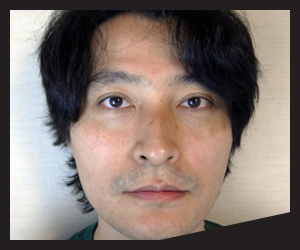
Taiyo Kimura was born in Kamakura, Japan, in 1970 and currently lives and works there. He earned his degree from Sokei Academy in 1995.
Kimura's solo exhibitions include Propagation, Branch Gallery, Durham, N.C. (2008); Japanda: A Cross-Cultural Curatorial Exchange, Part One, Art Gallery of Southwestern Manitoba, Canada (2007); Taiyo Kimura, Yokohama Portside Gallery, Yokohama, Japan (2005); and Taiyo Kimura: Unpleasant Spaces, Württembergischer Kunstverein, Stuttgart, Germany (2004).
Group exhibitions include Every life Another space, Kanagawa Prefecture Hall Gallery, Yokohama, Japan (2009); From Home to the Museum: Tanaka Tsuneko Collection, Museum of Modern Art, Wakayama, Japan (2009); The view from elsewhere / Small acts, Sherman Contemporary Art Foundation, Sydney (2009); Laughing in a Foreign Language, Hayward Gallery, London (2008); 10th International Istanbul Biennial (2007); Vital Signs, Yokosuka Museum of Art, Yokosuka, Japan (2007); All About Laughter: Humor in Contemporary Art, Mori Art Museum, Tokyo (2007); Real Utopia, 21st Century Museum of Contemporary Art, Kanazawa, Japan (2006); The Beautiful Game: Contemporary Art and Fútbol, BICA and Roebling Hall Gallery, New York (2006); Global Players, Ludwig Forum, Aachen, Germany (2006); Living for the City, Jack Shainman Gallery, New York (2005); Weiche Brüche Japan, Kunstraum Innsbruck, Austria (2002); and MOT Annual: Land/mind/body-scapes in the Age of Cold Burn, Museum of Contemporary Art, Tokyo (2000).
Cover to Cover
For many people, record sleeves have the capacity to trigger memories and convey emotion in the most personal way, making them significant not only as tangible objects, but for some, as a first site of direct engagement with visual art. With this in mind, 10 artists - six individuals and two duos - were asked to create a conceptual artwork by selecting twenty LP records based on the album-cover visuals. In the "Cover to Cover" installation, eight crates containing the eight groups of albums create an interactive work of art that visitors can thumb through and play on nearby turntables. The artists were asked to deliver the records to the museum, making these not rare-album wish lists but works created by making selections from what was readily available. Thus, through their choices, each artist communicates a message or tells a visual story that speaks to the unique expressive impact of the 12-inch album cover.
artist links:
Podcast at 2007 Istanbul Biennial
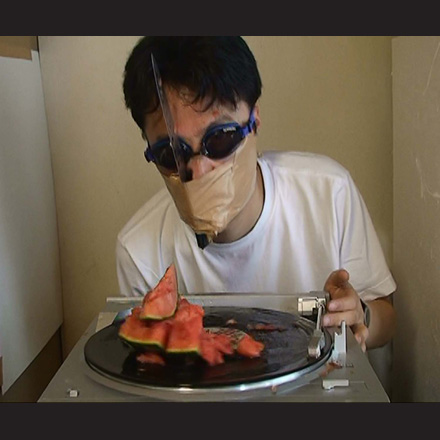
Taiyo Kimura, "Haunted by You" (still), 2009. DVD, 5-minute loop. Courtesy of the artist.
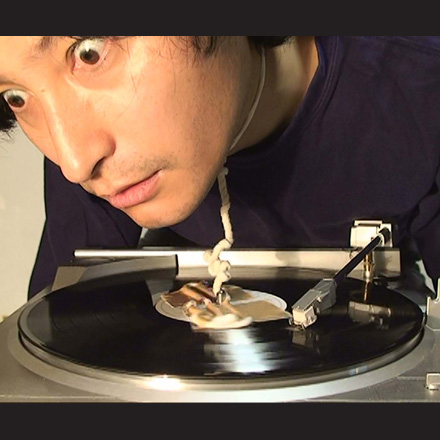
Taiyo Kimura, "Haunted by You" (still), 2009. DVD, 5-minute loop. Courtesy of the artist.
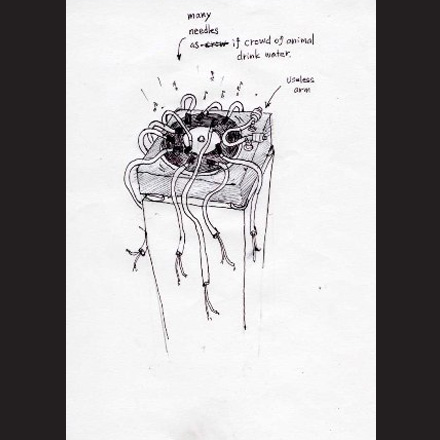
Taiyo Kimura, "Struggling with Records," 2008-10. Ink on paper, 60 to 90 drawings; approximately 4 x 6 inches each. Courtesy of the artist.
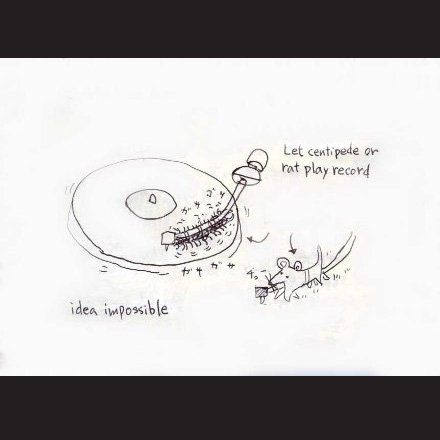
Taiyo Kimura, "Struggling with Records," 2008-10. Ink on paper, 60 to 90 drawings; approximately 4 x 6 inches each. Courtesy of the artist.
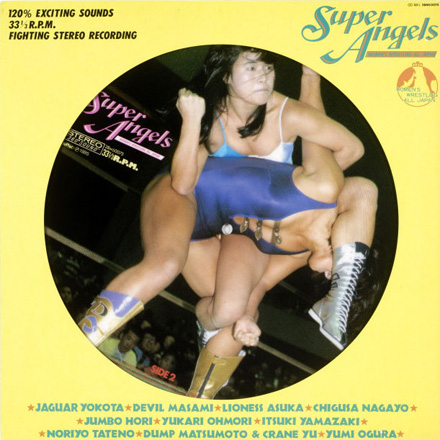
Taiyo Kimura,
Cover to Cover
"Something to Believe In," 2009
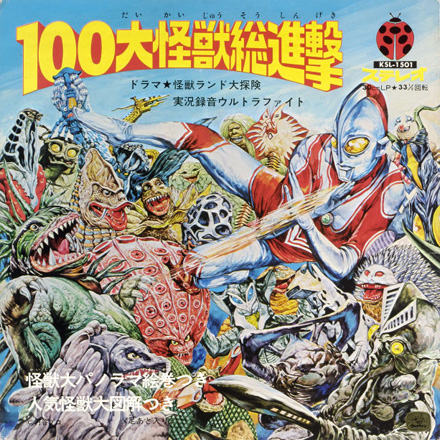
Taiyo Kimura,
Cover to Cover
"Something to Believe In," 2009
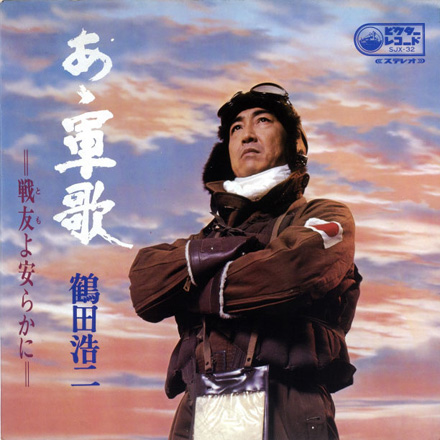
Taiyo Kimura,
Cover to Cover
"Something to Believe In," 2009
All Content © Nasher Museum of Art at Duke University